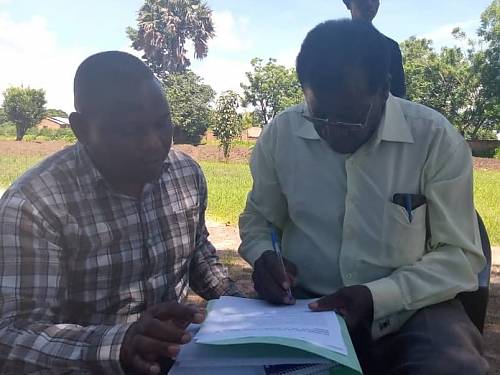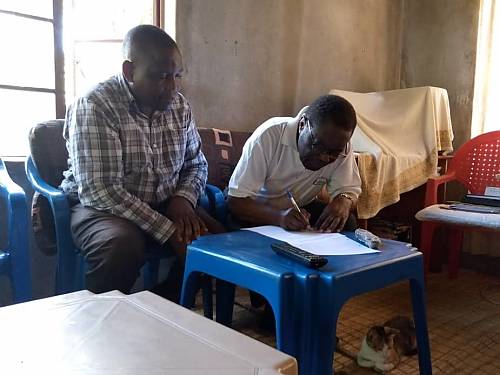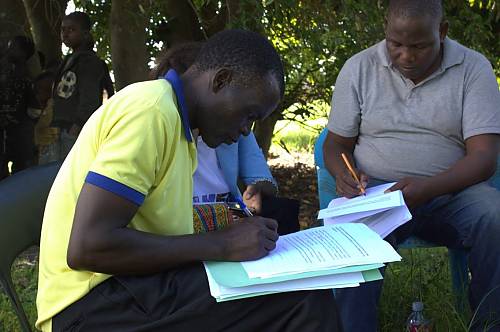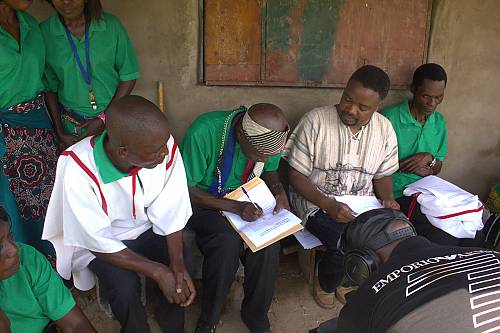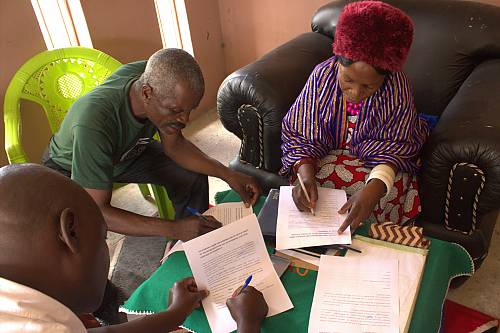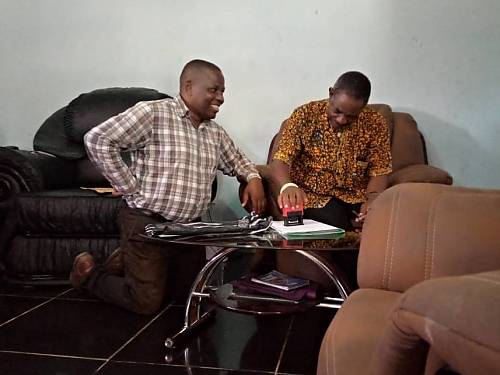Kalela dance
Inscribed in 2022 (17.COM) on the Representative List of the Intangible Cultural Heritage of Humanity

The Kalela dance originated during colonial times in the Luapula Province of Zambia. It was adopted by mine workers and used for entertainment at the Chief’s Palace during traditional ceremonies, funerals, harvest celebrations and other important occasions. Kalela is a kind of dance drill formation in which the dancers form two or three lines, moving forwards and backwards as they sing along to the drumbeat. There is a lead singer, along with others who join in to support. Lead dancers also guide the formation and dance around the drums, which are placed at the centre. There are two big drums and one small drum, typically played by men. The knowledge and skills of the Kalela dance are primarily transmitted to the public and to younger generations through song and poetry and through observation and participation during public performances. However, some groups may organize formal lessons led by expert drummers to recruit new musicians, as drummers are sometimes scarce. Public performances are included in many events, such as traditional ceremonies, public and state functions, international and national celebrations, weddings and funerals.
